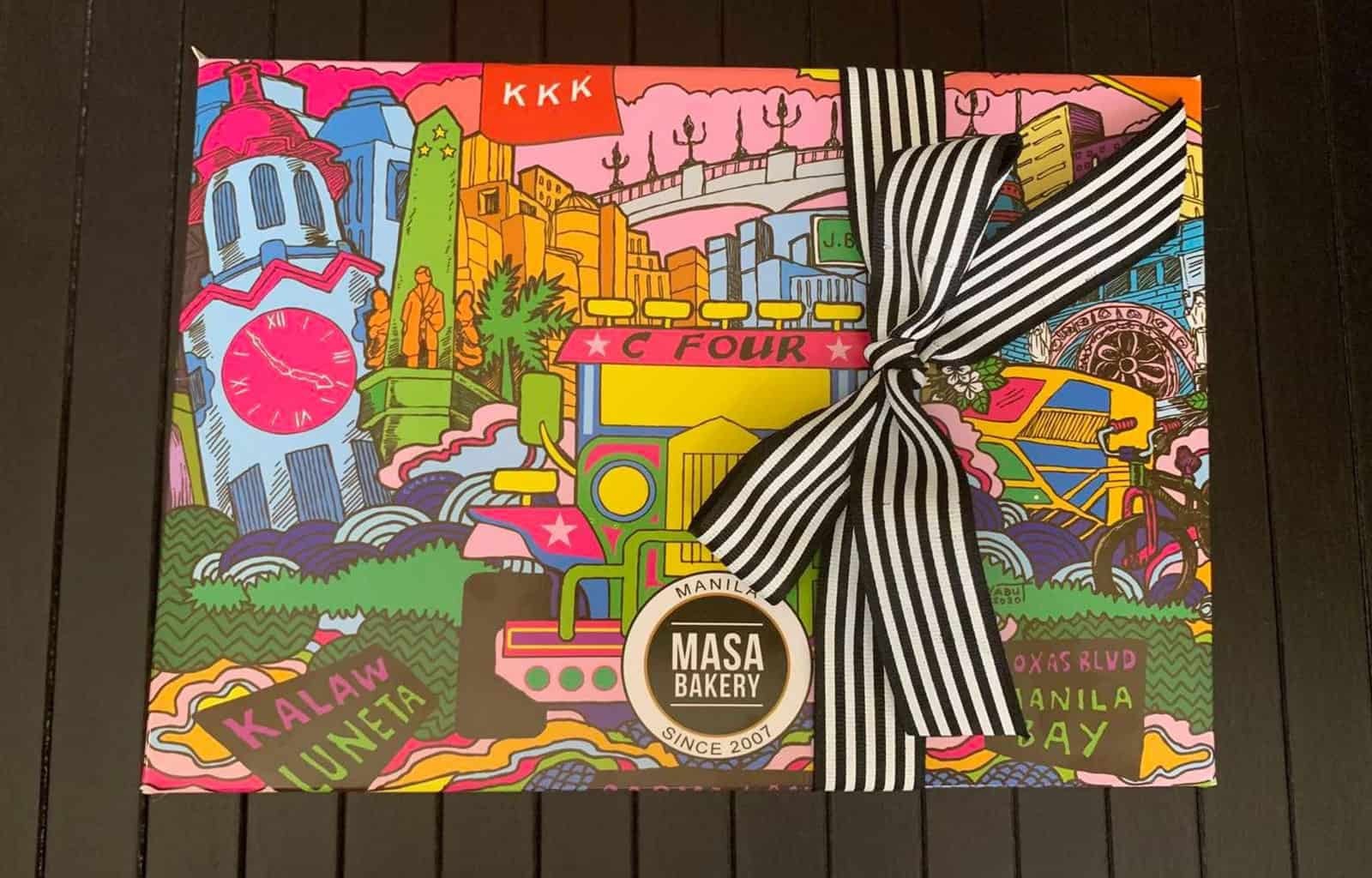
Maximizing green marketing: How to sell sustainability without greenwashing
By CREATEPhilippines
June 07, 2022
In a time when it’s easy to simply slap the labels “green” and “environment-friendly” on products, how can businesses make their sustainability claims credible? Without coming off as greenwashing, how can you communicate your product’s contribution to reducing worldwide carbon footprint and environmental impact? The answer is in effective green marketing.
According to a study on green marketing strategies of restaurants in Nueva Ecija published in the International Journal of Advanced Engineering, Management, and Science, green marketing “refers to the holistic marketing concept that focuses on transforming such business to become [an] eco-friendly entity.”
Due to greenwashing instances, the public tends to be skeptical of green claims alone but there are some things you can do to build credibility. Using a green marketing mindset, here are tips on effectively showcasing your product and its story to further drive the point of sustainability.
Present certifications
Certifications help back up your sustainability claims because it means that your product or service has undergone a verification and approval process by a recognized body in the industry. There are independent companies that assist businesses in applying for appropriate certifications and once your product receives approval, you can indicate the certification on its label or packaging for consumers to easily see.
Keep production transparent
Are your raw materials sourced from farms that practice regenerative agriculture? Does your product’s manufacturing process ensure ethical labor? Did your business utilize practices that reduce carbon emissions? The production process of a product is just as important as its design in terms of sustainability, and mentioning it can also be part of your green marketing efforts.
Have a sustainable unique selling point
What sustainable factors make your product stand out? This question leads you to identify and establish a sustainable unique selling point, which can attract consumers looking for that certain perceived benefit of a good.
A local consumer behavior study from Nueva Ecija University of Science And Technology reports that “terms like recyclable, refillable, ozone friendly, and [environmentally] friendly are some of the things that consumers most often associate with green marketing.” Other examples of sustainable unique selling points are cruelty-free, zero waste, biodegradable, and low emissions. Whichever label you pick, always make sure that it is an authentic claim for your product and you can provide adequate information on why.
Publish sustainability reports
Help consumers remember and stay updated about your brand’s sustainable actions through accessible public sustainability reports. You can mention your brand’s green milestones and evaluate performance based on your economic, environmental, social, and governance targets. Through sustainability reports, businesses can further assure consumers and stakeholders of transparency.
In 2019, the Securities and Exchange Commission (SEC) published a memorandum circular on sustainability reporting guidelines for publicly listed companies to help business professionals assess and manage non-financial performance across economic, environmental, and social aspects.
According to the circular, “93 percent of the world’s largest 250 companies and 75 percent of the top 100 companies in 49 countries report on sustainability. However, for the Philippines, less than 22 percent of publicly listed companies have published a report on sustainability impacts and performances.”
SEC states that having sustainability reports will help give businesses a competitive advantage and improve their image, reputation, and brand value among consumers.
Emphasize consumer benefits
Green marketing doesn’t just target consumers who are already environmentally conscious; it also aims to attract those who have yet to shift into a sustainable lifestyle. One way to do it is by breaking down a product’s benefits in relation to sustainability. For example, a green product with a long life cycle that can lead to long-term cost savings may sound convincing to buy.
“Consumers may understand the overall utility associated with the product more clearly if they consider the cost to purchase, use, and dispose of the product as well as the product’s price,” states a Promoting Sustainability by Marketing Green Products to Non-Adopters study.
These green marketing strategies, combined with authentic and impactful messaging, can help promote and reinforce the concept of sustainability among businesses and consumers. At the end of the day, the most important factor in marketing your sustainable product will always be the product itself—and whether it is truly designed, produced, packaged, and distributed in a sustainable way or not.
For more information and news on business and entrepreneurship, visit IFEXCONNECT and CREATE Philippines



